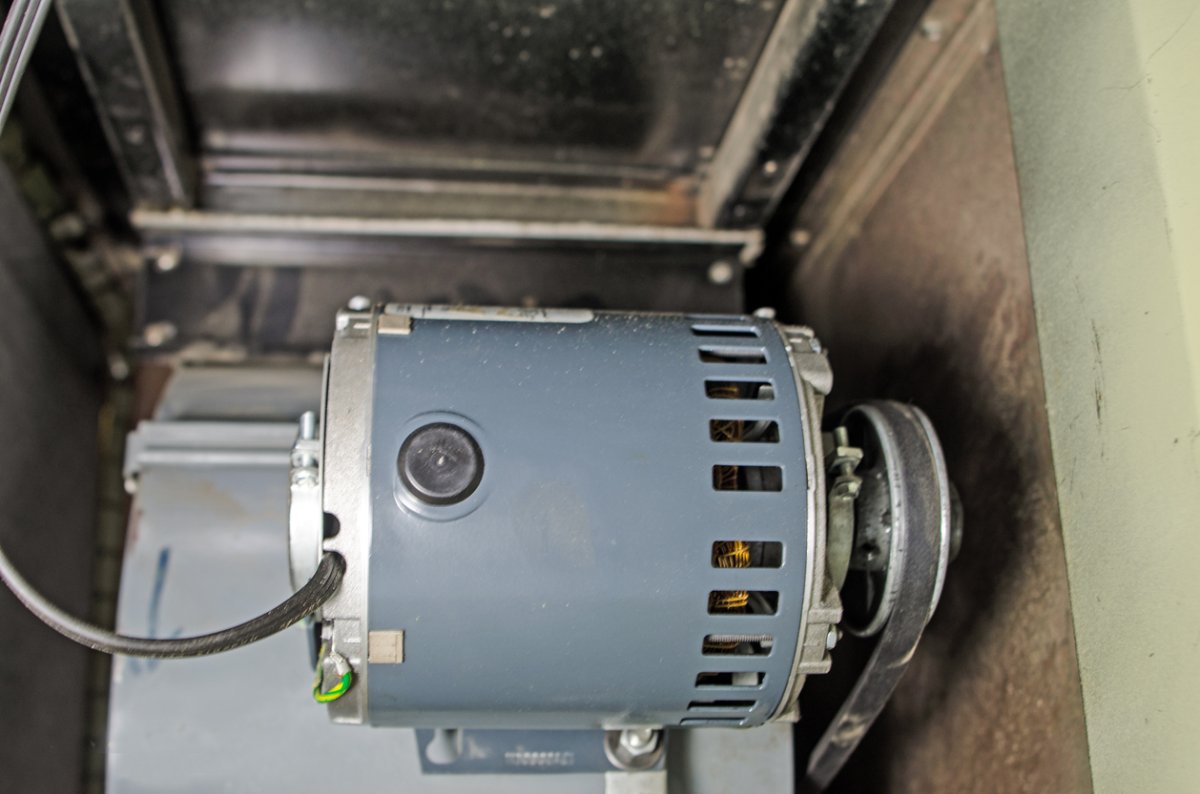

We may earn revenue from the products available on this page and participate in affiliate programs. Learn More ›
- Typical Range: $250 to $900
- National Average: $515
Furnaces are the heart of a home, keeping everyone warm in the coldest of months. When a furnace stops working or requires repair, it is all hands on deck. Furnace blower motors are one of many furnace parts that may need to be fixed from time to time.
What does the blower motor do? Furnace and HVAC blower motors power the furnace blower, which blows hot air through ductwork and vents to heat a home. According to HomeAdvisor and Angi, furnace blower motor replacement cost ranges from $250 to $900 or $515 on average.
The cost of heater blower motor replacement depends on a number of factors, including the motor size, type, speed, and even the brand. This guide explains all of the cost factors for blower motor replacement as well as the signs that a repair may be needed and tips on hiring a repair service.
Factors in Calculating Furnace Blower Motor Replacement Cost
How much is a new blower motor? That depends on a number of factors. The motor size, type, and even the brand will affect the overall cost to replace blower motors. Each of these factors and more is detailed below.
Motor Size
A blower motor’s size is measured in horsepower (hp) and can range anywhere from ¼ hp up to 1 hp. The average cost of a furnace blower motor increases with the size of the motor. A ¼-hp motor will cost $100 to $550, a ⅓-hp motor $100 to $800, and a ½-hp motor $120 to $1,000. Larger furnace blower motors like a ¾-hp and 1-hp motor cost $180 to $1,500 and $250 to $2,000, respectively. Higher horsepower blower motors have more power to push air throughout a home and are usually quieter, but they do come at a higher price point. A ½-hp motor is usually suitable for the average-size home; larger homes may need ¾ hp or more. The required horsepower also depends on the size of the furnace.
Motor Type and Speed
Furnace blower motors can either be single-speed or multi-speed. A single-speed motor, which is a permanent split capacitor (PSC) motor, typically costs $400 to $500. Single-speed motors have just one speed setting, making them less efficient than multi-speed motors. Multi-speed motors have two stages and typically cost $600 or more. A variable-speed motor is an electronically commutated motor (ECM) and costs $600 to $800. While multi-speed motors cost about 50 percent more than single-speed motors, they use up to 75 percent less energy. A multi-speed motor can run at a faster speed to heat up the home, then at a slower speed to maintain the heat. This is a more efficient operation that will save money on energy bills.
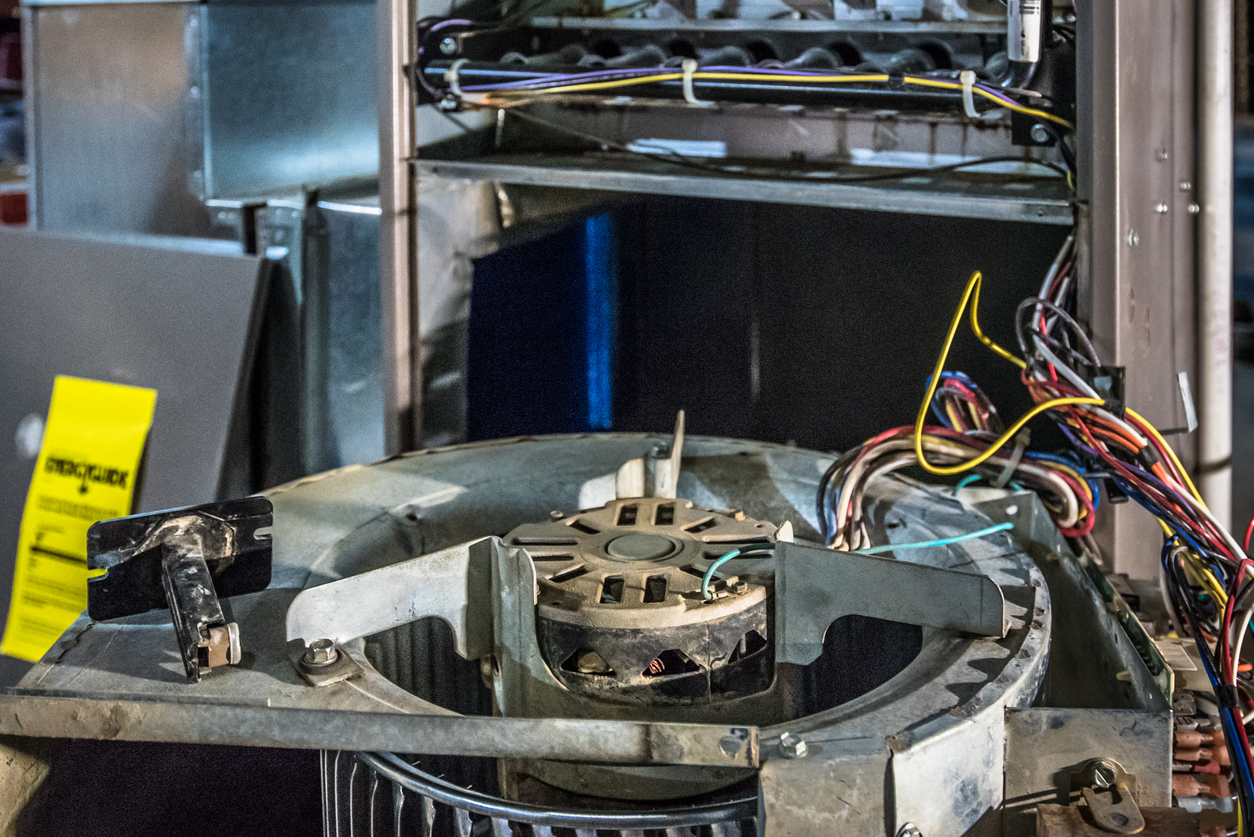
Furnace Brand
There are certain HVAC brands that dominate the market. Most homeowners have one of these furnace brands installed in their homes. A blower motor from one of these companies costs as follows:
- Goodman: $75 to $800
- Carrier: $100 to $1,600
- Lennox: $150 to $1,500
- York: $150 to $1,800
- Trane: $180 to $1,500
- Rheem: $250 to $900
Labor
The labor cost to install a furnace blower motor will be anywhere from $150 to $410. The process of replacing a blower motor will probably take 2 or 3 hours, and the total cost could also include a trip fee. If the HVAC company charges hourly, homeowners can expect to pay $75 to $140 per hour for the service of a trained HVAC technician. The entire motor replacement process will include an inspection, diagnosis, removal of the old motor, installation of the new motor, and final testing.
Accessibility
An HVAC technician will need free and clear access to the furnace in order to replace the blower motor. In most homes, this is not an issue, as the furnace is easily accessible in a mechanical closet or cleared-out basement or attic. If the area where the furnace is located is hard to navigate, like in a narrow crawl space, or is otherwise difficult to access, the homeowner may have to pay an extra accessibility-related fee. Homeowners will want to clear out any items that could block access to the furnace before the HVAC technician arrives at their home.
Additional Costs and Considerations
If a furnace blower not working makes a homeowner think their blower motor needs to be replaced, they’ll want to take several potential factors into consideration. These include the choice between blower motor repair and replacement, the possible need for additional parts, and the potential existence of a warranty that may help cover the furnace blower motor replacement cost.
Repair vs. Replacement
At a certain price point, it may make more sense to replace a furnace entirely than repair a bunch of parts. There are a lot of factors for a homeowner to consider when deciding if they need a new furnace or should repair their existing one, including the age of the furnace, uneven heating, high energy bills, or repair costs that exceed 30 percent of the cost of a new furnace. The same principle applies to whether or not to replace the blower motor itself. A homeowner may wonder whether they should replace the blower motor or buy a new furnace. If repairing the motor is going to cost a significant amount of money, it is probably a better long-term investment to replace the entire motor with a new one.
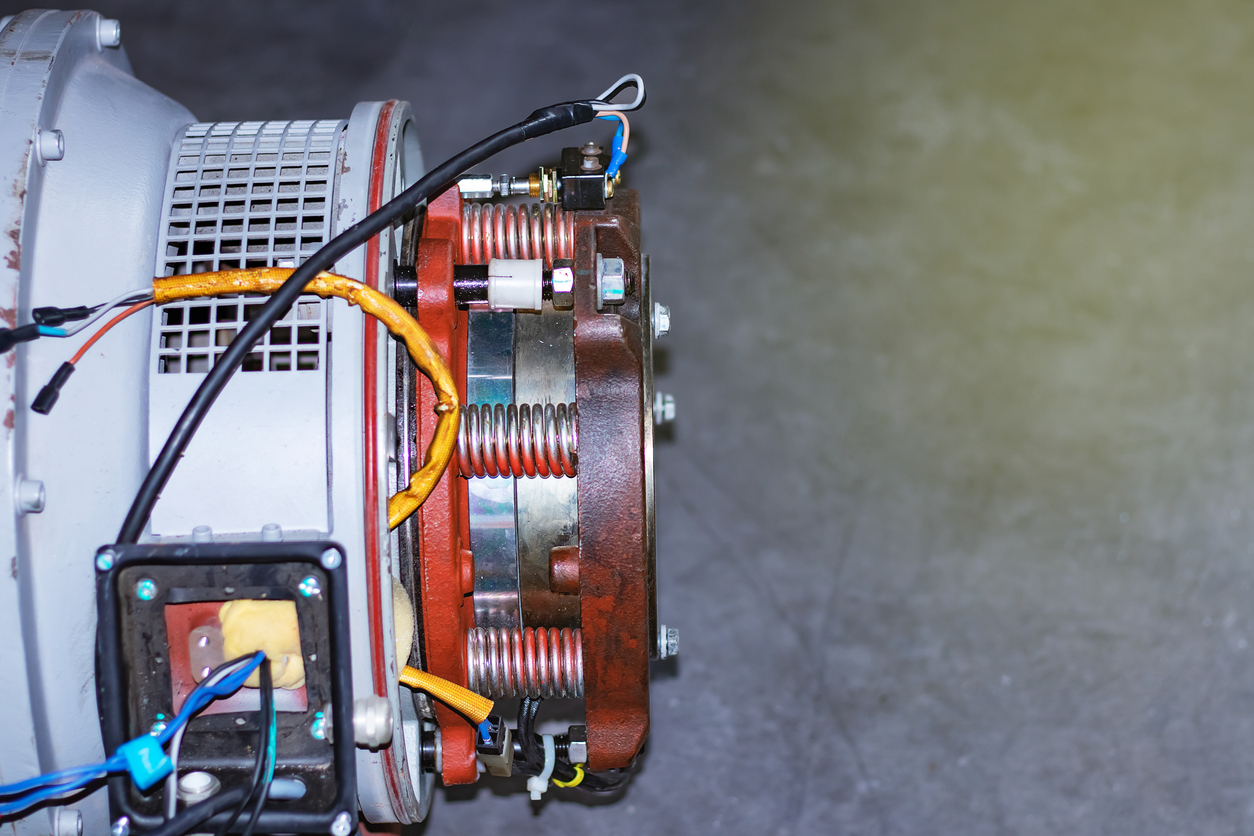
Additional Parts
When a blower motor needs to be replaced, there are other parts of the blower that may need to be replaced as well, at additional expense. For example, the homeowner may also need to think about furnace blower motor capacitor or blower motor resistor cost of replacement. Other blower mechanical parts and the cost to replace them include the following:
- Blower capacitor: $150 to $450 (including labor)
- Blower wheel (furnace squirrel cage): $100 to $750 (including labor)
- Blower belt: $5 to $100 (part only)
- Blower bearing: $20 to $150 (part only)
- Blower shaft: $50 to $200 (part only)
- Blower pulley: $50 to $250 (part only)
- Blower housing: $100 to $300 (part only)
- ECM repair kit: $40 to $60 (part only)
- ECM motor module: $230 to $830 (part only)
- Inducer motor replacement cost: $400 to $1,100 (including labor)
Warranty Coverage
Depending on when the furnace was installed, repair costs could be covered under the original material warranty. Many manufacturers offer warranties on furnaces that cover the replacement of defective parts for a 5- or 10-year span. In this case, the cost to replace a blower motor under warranty may only be $150 to $400, compared to the full cost of $300 to $900. The warranty typically covers the cost of the part only, so the homeowner will be on the hook for the cost of labor.
Types of Furnace Blower Motors
There are a few different types of furnace blower motors on the market, all with different blower motor prices. Homeowners will benefit from taking into consideration the initial and long-term costs of each before moving forward with a purchase.
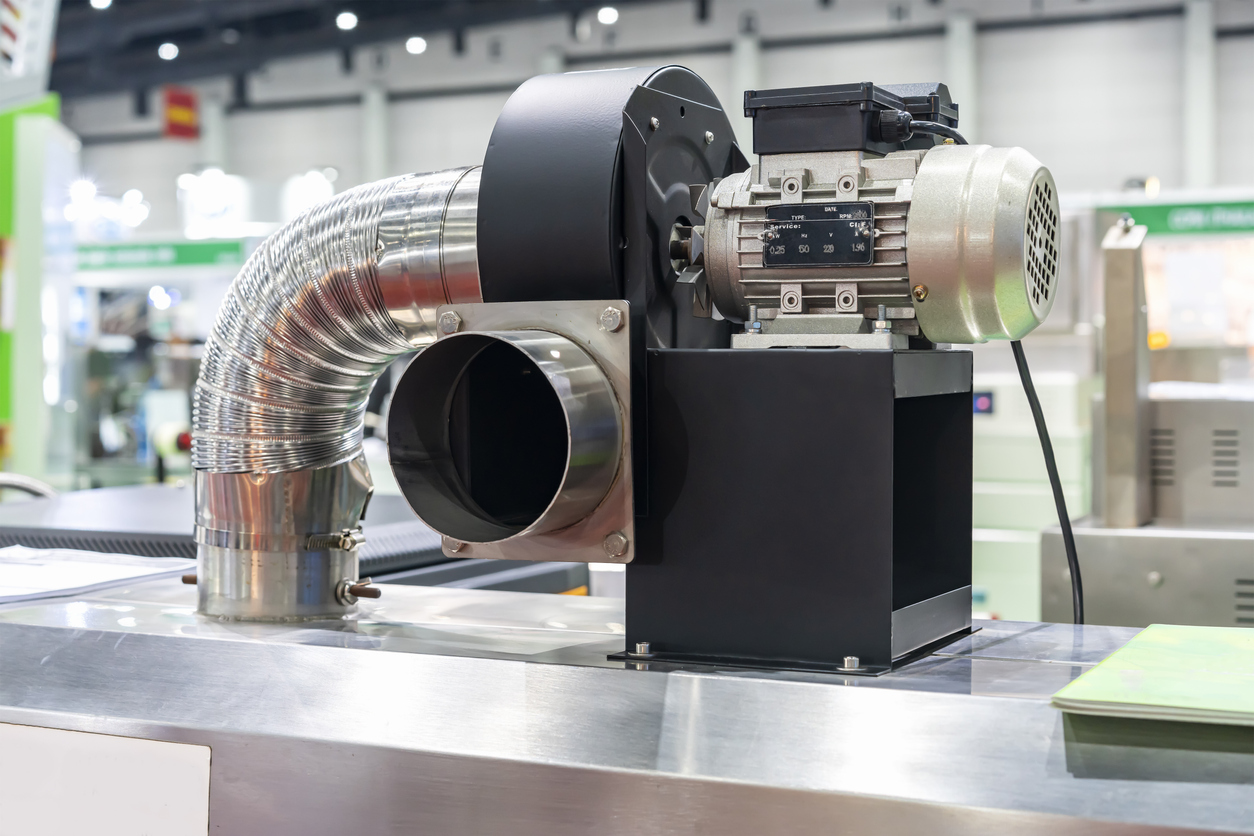
Permanent Split Capacitor (PSC)
Permanent split capacitor furnace blower motors have very little functionality. They can either be on or off and have just one speed setting. PSC motors are standard for many furnaces, including existing older units and economic models. The simplified function of PSC motors means they cost less up front than other types of motors, but they also use more energy, which could increase utility bills in the long term.
Electronically Commutated (ECM)
Electronically commutated furnace blower motors have multiple speed functions. This allows the furnace blower to use only as much energy as it needs at any given time. An ECM motor uses less energy than a PSC; however, the initial cost of the motor will be higher.
Single-Speed
Single-speed motors have just one speed at which they operate. These motors cost anywhere from $400 to $500 on average. Single-speed motors are the least efficient, as the motor cannot operate at a reduced speed and save power when the furnace allows. Single-speed motors are usually marketed as low-efficiency models with the appeal of a lower price point.
Multi-Speed
Multi-speed motors can operate at two to three different speeds. The advantage of this is that the motors can run at a faster speed to heat up a home and then at a slower speed to maintain the heat. This is a more energy-efficient operation that will help homeowners save on energy bills, but it does come at a higher initial price point. Multi-speed blower motors cost anywhere from $600 to $800 on average. This type of blower motor tends to have a quieter operation than a single-speed, which constantly ramps up and down.
Variable-Speed
Variable-speed motors operate at an array of speeds in order to accelerate slowly. The variable speeds also allow the motor to run at the lowest setting possible while still maintaining a home’s temperature, ultimately saving on energy costs. Variable-speed motors are the most expensive choice, ranging from $400 to $1,100. This type of motor offers the best airflow control throughout a home and often at the quietest speed.
Do I Need Furnace Blower Motor Replacement?
The average life of a furnace blower motor is 10 to 20 years. If a home’s blower motor is reaching the end of its lifespan or exhibits any of the following symptoms, the homeowner may need a furnace blower motor replacement.
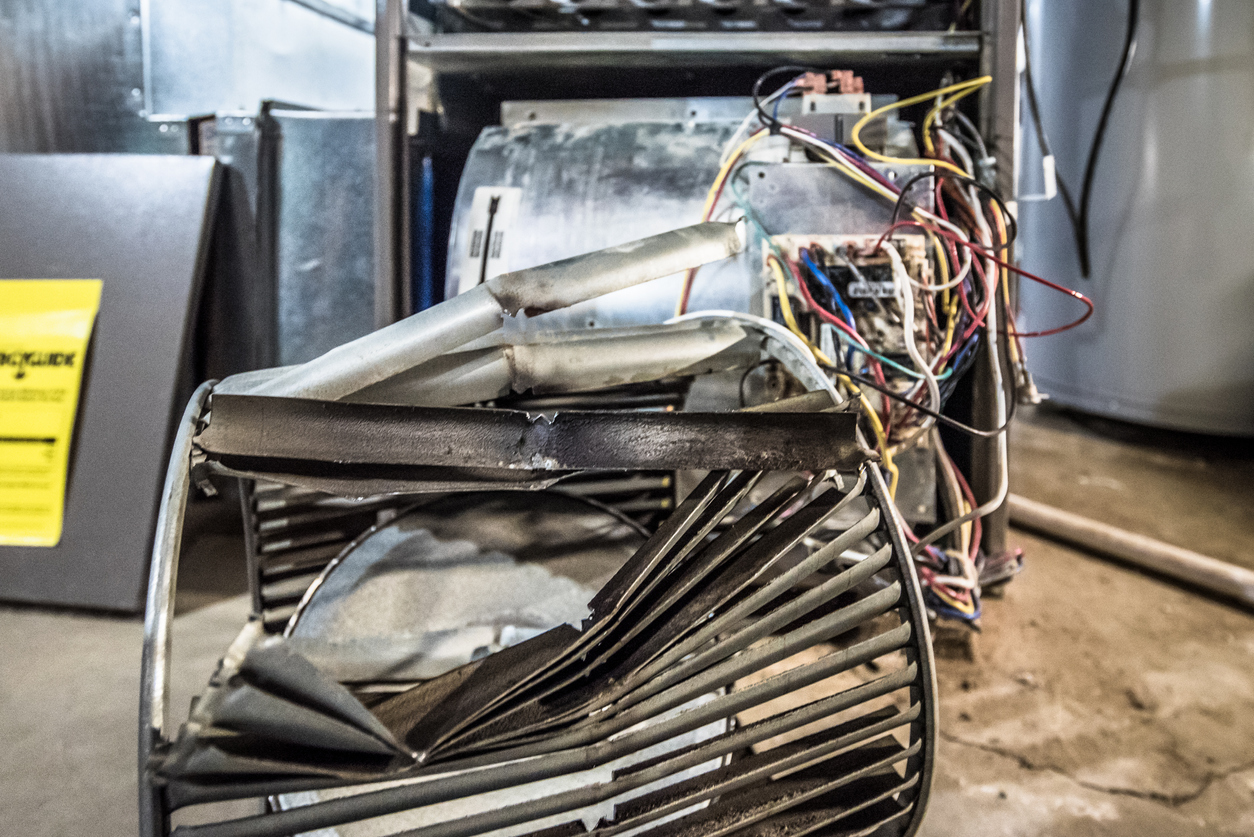
Decreased Airflow
If a homeowner notices the airflow coming from their home’s vents is less powerful than normal, or even absent altogether, this could indicate a failing blower motor. It could also be due to a clog in the blower or leaky air ducts. Regardless, it is advised that a homeowner have their furnace checked out if they are noticing decreased airflow.
Increased Energy Bills
Unexplained increases in a homeowner’s energy bills—specifically, heating oil costs from an oil furnace blower motor or natural gas costs from a gas furnace blower motor—can be caused by a faulty blower motor. A failing motor will overwork and shut down frequently, requiring additional energy to power back up. Replacing a blower motor can stabilize a homeowner’s energy bills or even lower them if an energy-efficient option is chosen.
Unusual Noises
Furnaces will make some noise as part of normal operation, but if a homeowner notices any out-of-the-ordinary noises, it is a sign that something is wrong. A rattling or squealing noise can be due to a loose belt or bearing; however, a loud banging sound needs to be immediately addressed. This can indicate the furnace blower needs to be repaired or replaced.
Burning Smells
No homeowner wants to experience a burning smell coming from their furnace. This can indicate an issue with the internal electrical elements and necessitates immediate action. In this scenario, homeowners are advised to turn off the furnace and contact an HVAC company to inspect it.
Overheating
A furnace can overheat when the blower motor draws too many amps of electricity. The internal wires will start burning and likely shut down the furnace entirely, which can cause a fire in rare cases. Homeowners are advised to turn off the furnace if they notice it overheating—the unit feeling warmer than normal or noticing burning smells—and immediately call an HVAC technician. Homeowners will want to be prepared to pay an HVAC service cost in addition to the cost of any repairs.
Furnace Blower Motor Replacement: DIY vs. Hiring a Professional
Replacing a furnace blower motor is a difficult task that is typically best reserved for HVAC professionals. Most homeowners do not have experience replacing motors or understand the inner workings of a furnace. Completing this task without the proper knowledge and training could put a furnace at risk of malfunctioning, drawing too much electricity, and even starting a fire.
An HVAC professional will know the proper procedures to replace a blower motor, including safety considerations when it comes to working with electricity and gas. The furnace expert will be able to provide the homeowner with estimated costs and timelines.
An added benefit of hiring a professional for this task is that they will be able to provide input on the furnace as a whole. They may suggest other fixes or upgrades to make sure the home’s system is in proper working order. They could also be a sounding board when the homeowner is deciding whether to repair or replace their blower motor or furnace altogether.
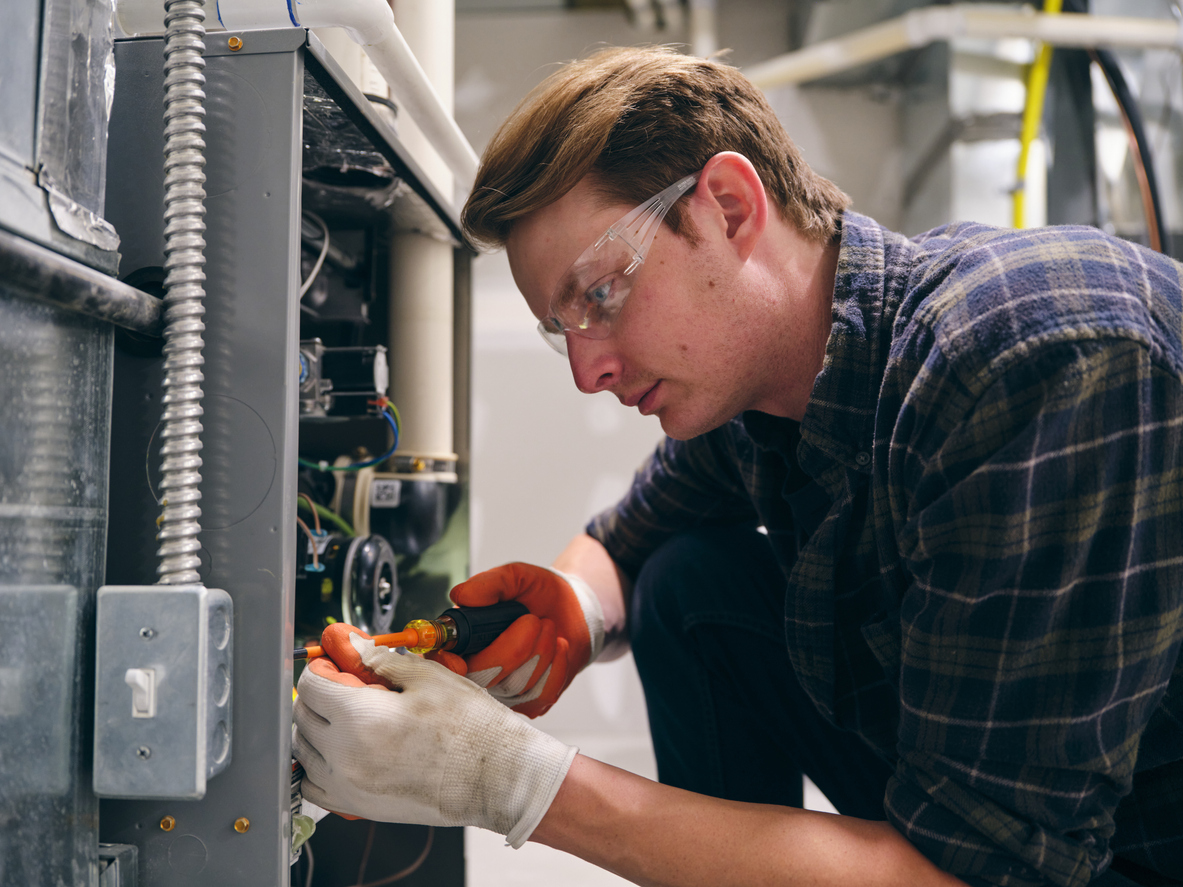
How to Save Money on Furnace Blower Motor Replacement Cost
Replacing a furnace blower motor can be an unexpected cost in your budget. To save money while using and maintaining your furnace, incorporate these money-saving tips.
- Keep up with furnace maintenance. Experts recommend an annual furnace tune-up to ensure your system is clean and functioning properly. Keeping up with this maintenance will extend the life of furnace parts and make surprise repairs less likely.
- Shop around. Before proceeding with a furnace blower motor replacement, obtain pricing from at least three different companies. This way you can compare the cost of services and choose the best value option.
- Look for rebates. If you upgrade your blower motor or your entire furnace, choose an energy-efficient product. These products are often eligible for local, state, or federal rebates, as they contribute to reduced energy consumption.
Questions to Ask About Furnace Blower Motor Replacement
Before hiring an HVAC professional to replace a furnace blower motor, homeowners will want to ask each company the following qualifying questions. The answers to these questions will help the homeowner choose the best company for the job.
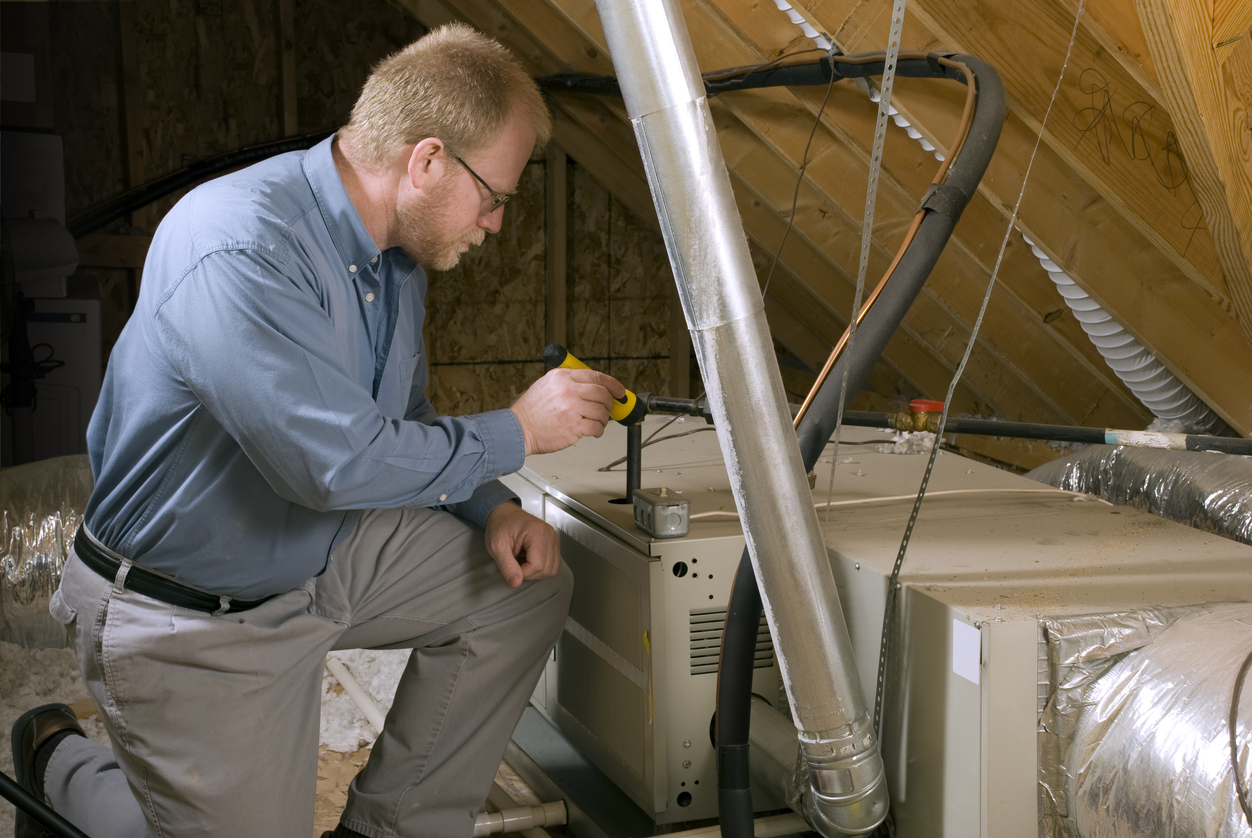
- Do you offer free estimates?
- Will you provide a written quote and contract?
- Are you licensed and insured to complete this type of work?
- How long have you been in business?
- What kind of training do you offer for your employees?
- Will the work be completed by an employee of your business or by a subcontractor?
- Can you provide references from similar projects?
- Do you suggest repairing or replacing my furnace blower motor?
- Do you suggest any other furnace part repairs or replacements?
- What size and type of furnace blower motor do you recommend?
- Do you require a down payment, and if so, how much?
- What is the payment schedule, and do you offer payment plans?
- Do you offer a warranty on your work?
- How soon can you schedule the work?
- Is the blower motor readily available, or does it need to be ordered?
- How long will the blower motor take to arrive?
- How can I get in touch with you while the project is in progress?
- How do you handle disputes or disagreements?
FAQs
The following frequently asked questions offer a little more information on furnace blower motors and the cost to replace one.
An AC and a furnace blower motor both power a blower that sends either cooled or warmed air throughout the ductwork in a home. Depending on the type of system in the home, the AC and furnace may use the same blower motor. If not, the AC and furnace will each have a blower motor, but they serve the same function.
A furnace blower motor is located near the bottom of the unit next to the air filter. From that location, it draws in return air and sends it through the furnace before blowing it through a home’s ductwork and vents.
Blower motors most often need to be replaced due to regular wear and tear, which homeowner’s insurance doesn’t usually cover. Homeowner’s insurance covers replacement costs only when the damage is due to a covered type of accident or disaster.
Common signs that a furnace blower has gone bad include decreased airflow, overheating, a burning smell, increased energy bills, or unusual noises. If a home’s furnace experiences any of these signs, the homeowner will want to contact an HVAC professional to inspect the unit.
While a homeowner can replace a furnace blower motor themselves if they have the experience and skills, it is not recommended due to safety concerns. Only a trained and certified HVAC professional should complete a furnace blower motor replacement and other associated furnace repair work.
Replacing a blower motor typically takes 2 to 3 hours. The process includes turning off the electrical and gas services, removing the old blower motor, connecting the new blower motor, and testing the function of the new motor. The process could take longer if other parts of the furnace also need to be replaced.
Sources: Angi, HomeAdvisor, HomeGuide (1 and 2)
